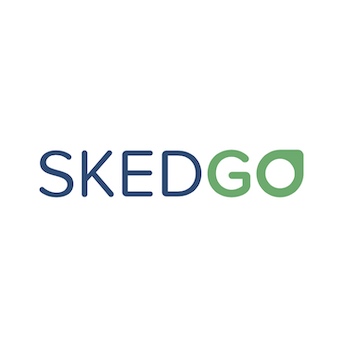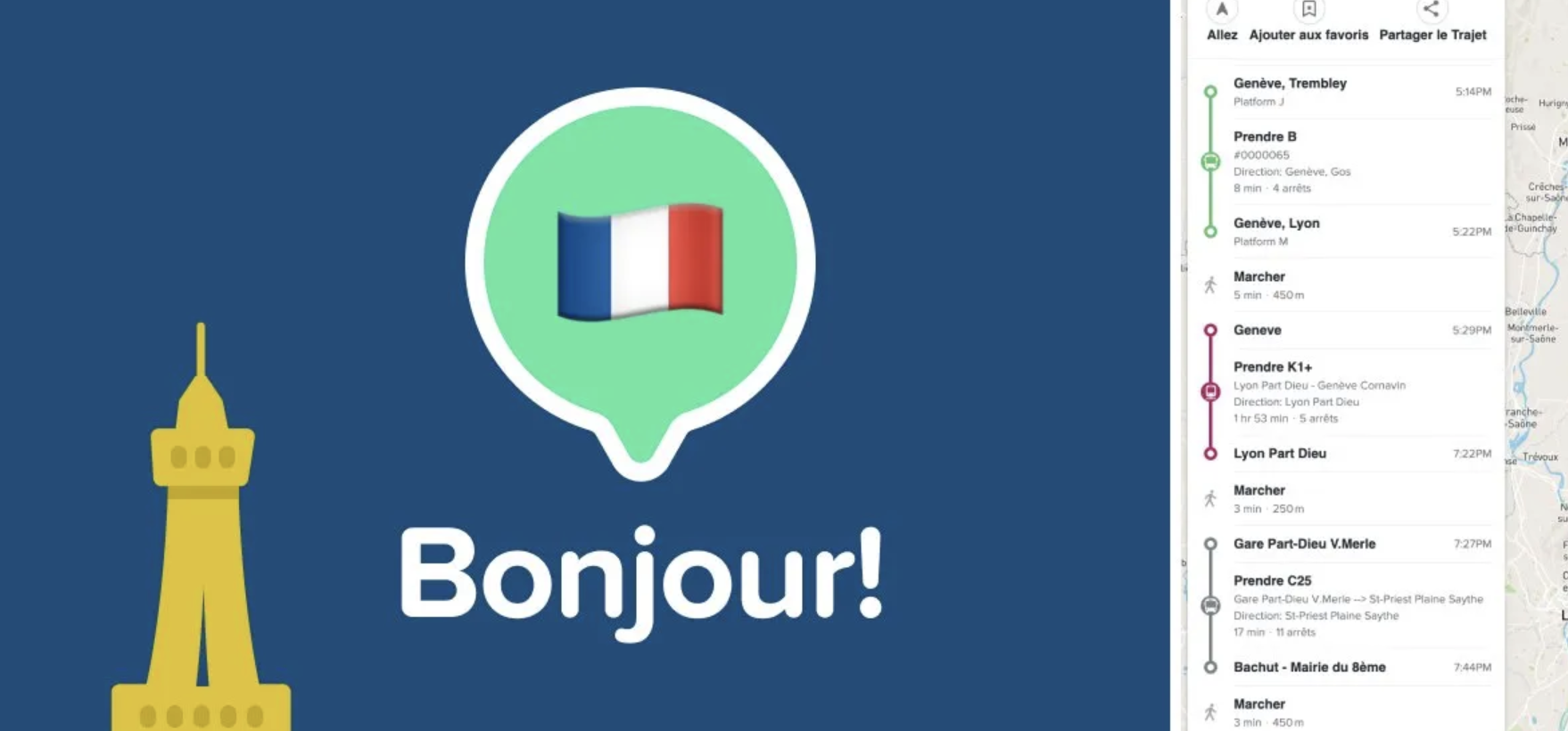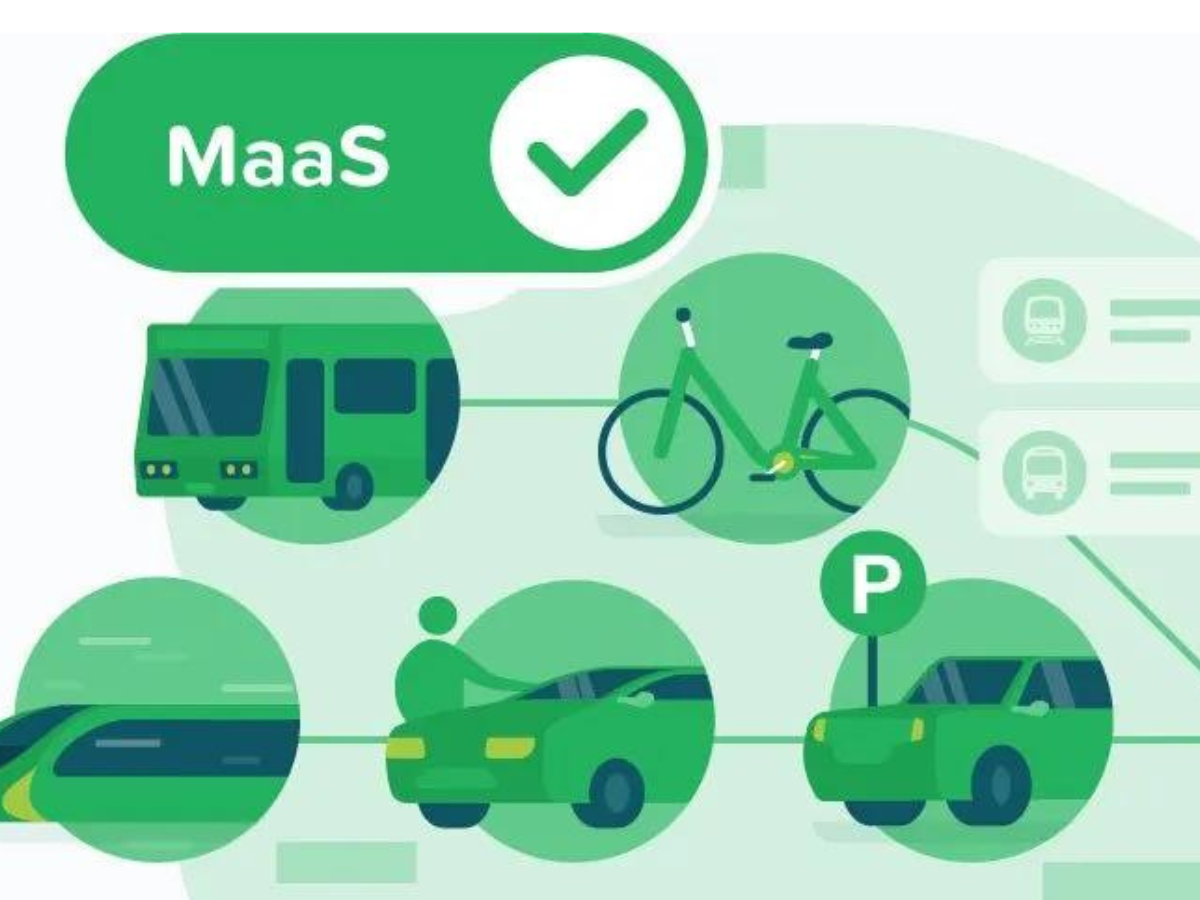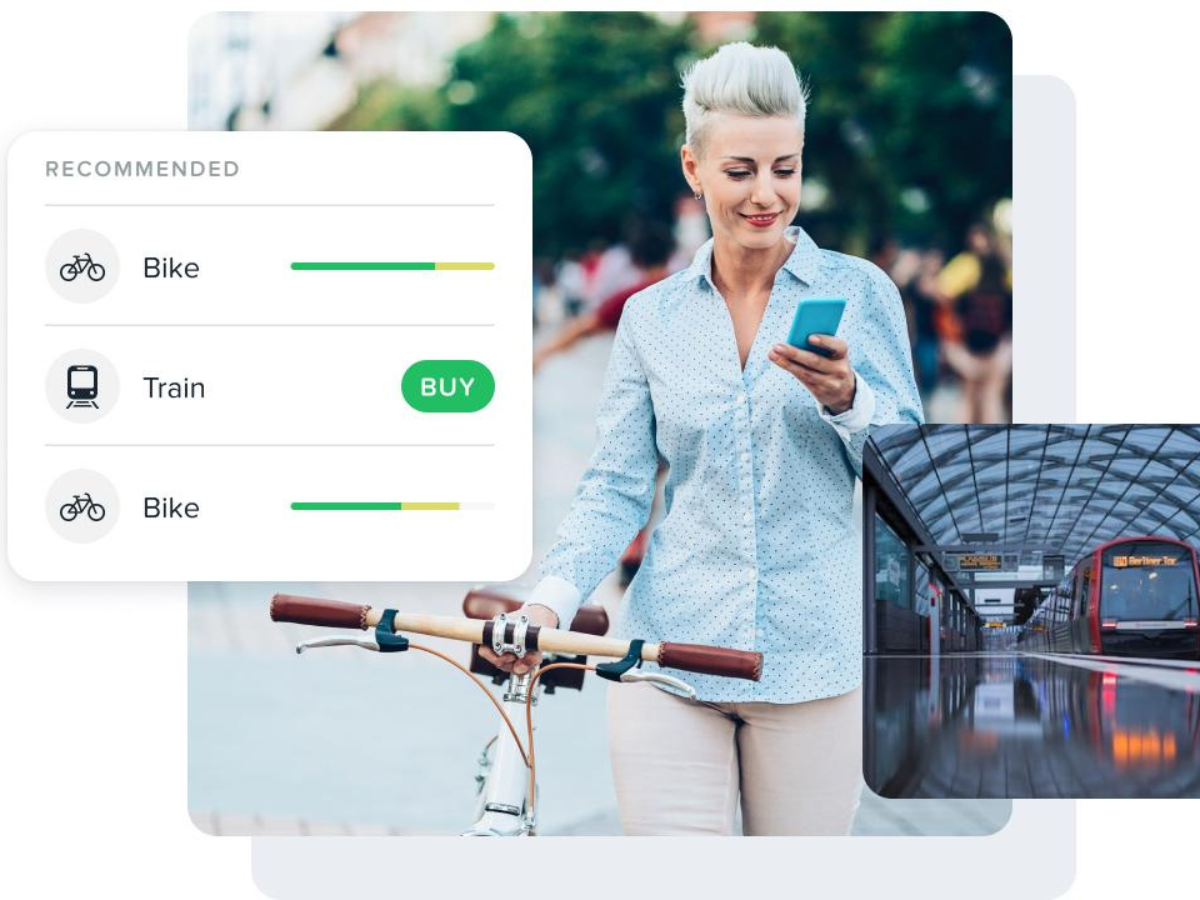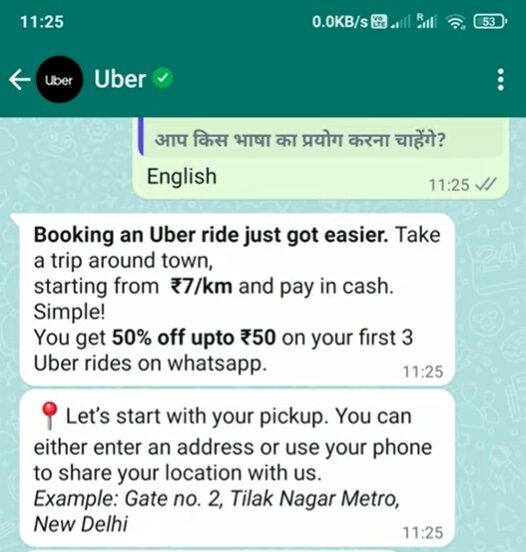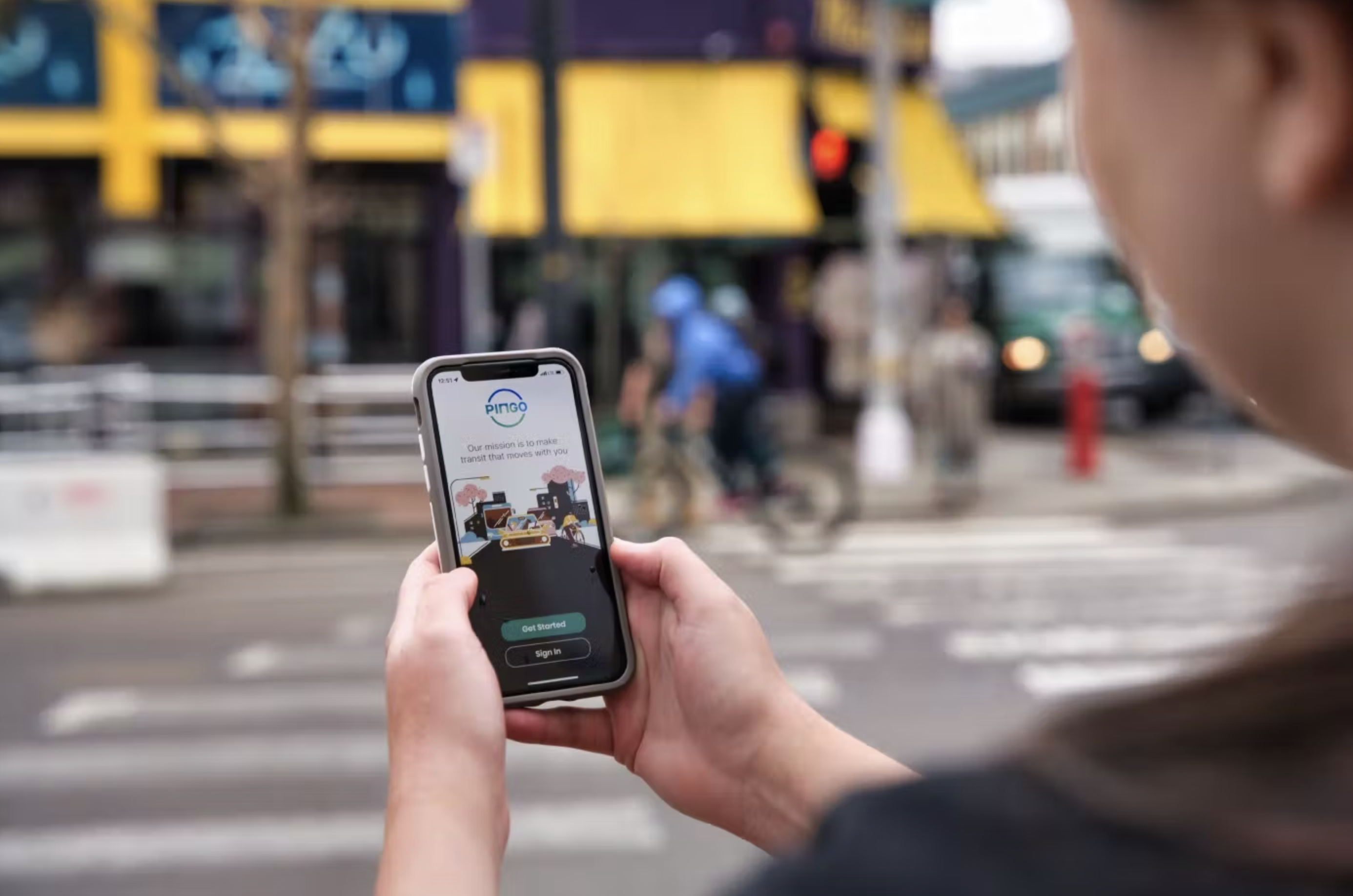API, SDK or White Label? Choosing the Right Solution for Your MaaS Application
Which SkedGo solution do I need for my MaaS app? In summary:
- If you don’t have a front-end development team, you should choose a white label. That way, our developers can get you up and running quickly and easily.
- Alternatively, if trip planning is a secondary function in your app, then you might want to use our TripKit UI SDK instead of building the front end yourself.
- However, if you’re set on developing your front end, then just use our backend APIs or fast track your development by using our TripKit SDK without the UI component.

API? SDK? White label? It can sometimes be difficult to determine which route to take to deliver the best solution for your end users. The truth is: any of these options might be right for you – much depends on the unique requirements of your organisation.
This article gives you an overview of each option, including the advantages and disadvantages, and the circumstances under which they’re best suited. This should hopefully provide you with the insight you need to take the next step towards creating your mobility solution.
Application Programming Interface (API)
API stands for application programming interface, e.g. a way to interface with a backend, which can be either directly from an app or another backend. It allows for the sending of messages to that backend to get raw data back. This could be data on transport schedules, wheelchair-accessible transport, lifts that are out of order or other useful information that you can either integrate into your own custom-developed user interface (UI) or by using an SDK with UI components.
Advantages: APIs are a great option if you want to have everything under your control, from customising user interfaces to adding functionality and features that reflect your exact requirements. They offer the added benefit that you can make use of functionality that someone else builds, maintains, and updates.
Disadvantages: APIs require programming expertise to integrate into an already existing application or website. You would be responsible for everything from the look and feel to the maintenance of your application. It is important to remember that APIs don’t provide you with an app, they purely provide the functionality or data that feeds into the app that you build.
When to use APIs: If you have the programming skills to develop your own applications or website interfaces and know how to integrate APIs into them. Alternatively, you can outsource to external developers to create a solution for you, but you would still need to brief them as to your requirements and have someone internally who can manage the project for your organisation.
Software Developers Kit (SDK)
An SDK provides platform-specific libraries, resources and documentation. In the context of apps, SDKs provide modules for more easily adding third-party functionality to your app, without having to build everything from the ground up yourself. SkedGo’s SDKs include fully functional drop-in UI components for trip planning, trip details, or search features. These can be added to new or existing applications so customers can plan mixed/multimodal trip chains and more.
Advantages: SDKs make it easier and faster to develop applications without starting from scratch. A good SDK provider will have solid documentation to help smooth the creation process. This helps developers reduce time to market. SDKs can also be configurable and some can be shaped to an organisation’s requirements.
Disadvantages: Like APIs, SDKs require programming expertise to use the code, libraries and documentation. Success will also depend on the skills of the developer and their familiarity with the mobility market to ensure the best result.
When to use SDKs: These work best for new applications or existing apps where it doesn’t make sense to start from scratch. As with APIs, this is a good option where you have access to development expertise.
White Label
A white label provides an off-the-shelf solution which is a rebranded version of an existing product or service. For example, SkedGo offers white labels based on its showcase app, TripGo, which can be found on Google Play or Apple’s App Store. This means the existing app will be repackaged with your brand, and potentially a subset of features, but connecting to specific data sources relevant to your region, city, or user base.
Advantages: White label solutions can be quick to set up, so you can have your own app up and running in a relatively short space of time. You don’t need to know anything about the original software as all the coding, front-end design, issues and bugs are dealt with by the white label developers.
Disadvantages: White label solutions usually cost more than using an API or SDK, given that the bulk of the work is being done by the provider. However, this has the advantage that the provider often shoulders the responsibility of supporting the software and keeping on top of security updates.
When to use white label: When you don’t already have a suitable application in place or access to the development and/or sector expertise to build an app for you. It’s also a good option if you’re looking to get a solution to market fast. Just remember that typically you won’t get access to the source code to make your own customisations.
Final Thoughts…
Before we wrap up, there’s also the question of lock-in which is important to bear in mind. With a white label, you’re typically fully reliant on the provider. This also applies to SDKs (unless they’re open source). APIs are the most flexible of the options, as it’s typically easier to switch to another API. You just need to change the logic on your front end or back end, but not the UI. This invariably gives you more control.
Regardless of which option you choose, always ensure that your provider is as transparent as possible when it comes to pricing, so you can better gauge any costs involved. These will differ depending on the option you choose. At SkedGo, we publish our pricing on our website, to make it easier for you.
Above all, a technology partner should be ready to help if you have any questions so you can better understand what’s involved.
So there we have it. Hopefully, you now know what’s what, to help you decide which option is the best for your organisation. If you would like to find out more about how SkedGo can help with API, SDK or white label applications, please get in touch with our team.
This article was originally published by SkedGo.

